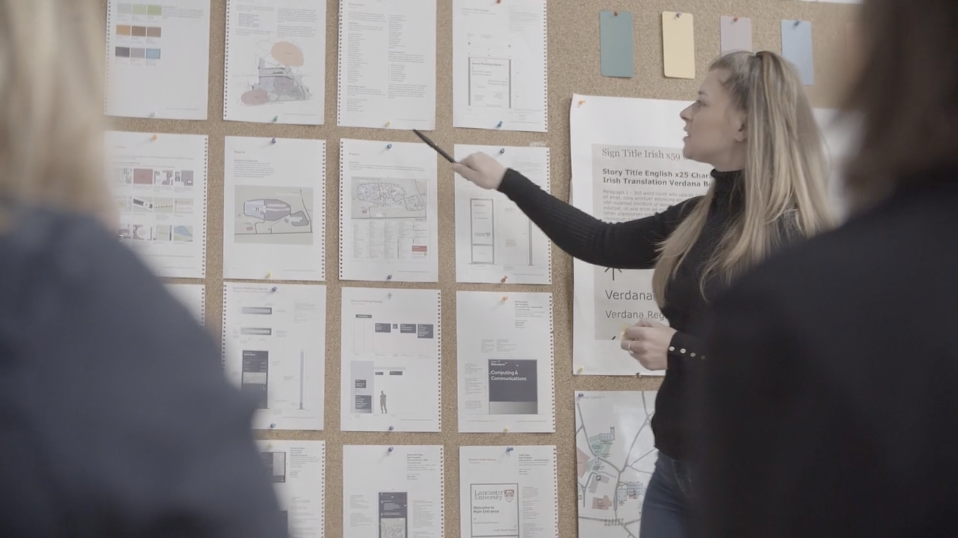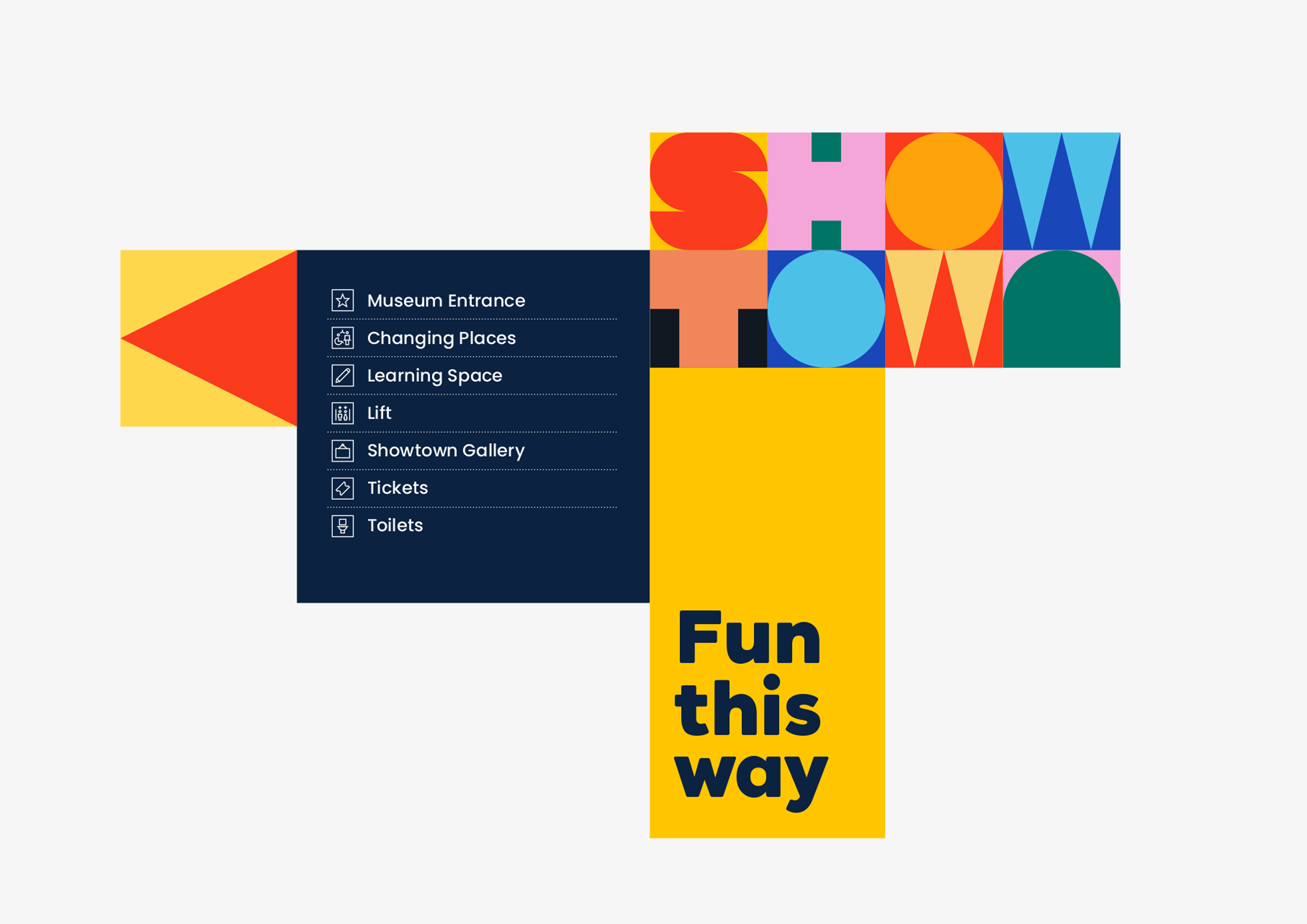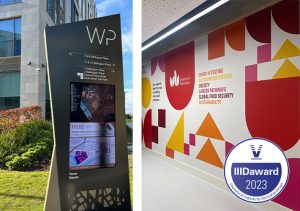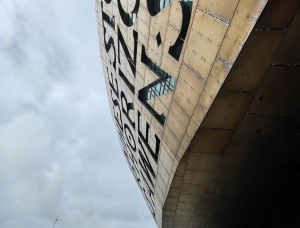Everyone on planet Earth is unique. Over the centuries, we’ve learned to coexist and acknowledge our differences. Yet our approach to urban design has never taken this into account. You would think every city is designed for the same cookie-cutter person, with no regard for differences in height, weight, gender, or ability.
Much of this comes from a retro world where maybe we didn’t care about these aspects as much. Today, we are all much more tolerant but it’s hard to change what’s been established for decades.
City planning for gender
Sabina Riss describes that male-dominated city planning was especially prevalent post-World War II.
“They designed cities like there would be no other people than men going to work in the morning and coming back in the evening – everything else in between, they kind of had no idea. And because they are the people who design cities, they are in charge.”
Fast forward to today, and Vienna, Austria has a city-within-a-city dedicated to women. The streets are named for pioneering women and the entire suburb has been designed with modern family living in mind. The world is starting to change and it’s an exciting time to witness it.
For a city to be successful and fit for purpose, it needs to cater to everyone’s needs equally. Whether that’s men, women, children, the elderly, the disabled, or sick. We all use space differently and demand different things from our environments.
It’s important that our cities are reflective of and accessible, safe, and comfortable for everyone.
Women also tend to be more reliant on public transport than men, with men driving double the miles in a year than women. But even though women’s travel habits are more sustainable, opting for trains, buses, or other public transport, cities are still largely designed around cars. And in a world where we need to be more environmentally friendly – encouraging people out of their cars and to walk a little further – this becomes an even bigger issue.
Finally, with gender, there’s the matter of safety. Especially with a bustling nightlife, women are more likely to feel unsafe and uncomfortable navigating public spaces. Barcelona has been making big strides towards making their city more female-friendly, guiding people to anti-machismo stands in popular nightlife areas to offer advice and consultations.
Factoring in age and accessibility
For the average person, ten seconds to cross a road will be enough time. But this overlooks those who might struggle to cross a busy junction in only ten seconds. For example, the elderly, people with disabilities, or a parent wrestling with a pram and children.
Most city spaces aren’t built with wheelchairs, scooters, or bikes in mind. While we’re making good progress on adding accessibility for wheelchair-users, all it takes is one broken-down lift or a few steps down to a street for accessibility to go out the window.
We also need to think about our neurodiverse communities. For example, cognitive impairments and colour blindness, amongst many other considerations. When it comes to wayfinding, it’s important we ensure we’re not producing overwhelming signage that will be uncomfortable or difficult to understand and process.
Other considerations to make
Benches are an important, yet somewhat overlooked, aspect of city planning. They can be essential for helping disabled people, the elderly, sick, or people with children enjoy and navigate a city environment. You also can’t complain about somewhere you can sit back, spend a while, and take in the scenery.
No two people are the same. We’ve all got different heights, weights, and body shapes. Yet our city spaces don’t reflect this. When it comes to public transport, pavements, corridors, or public toilets, everything is in one generally accepted dimension that won’t necessarily suit everyone.
While our cities work, – they fulfil their function on a daily basis – they could be made more user-friendly, accessible, and inclusive. Everyone should be able to spend their time in places that actually consider many needs and aren’t just built off the opinions of a small minority. It’s important we listen to what everyone wants, understanding the needs of the many, rather than focusing on a select few. There’s certainly a lot to think about – imagine the levels of wellbeing and economic productivity we could unlock if we opened our cities up to everyone.
At Placemarque, our goal is to create environments for everyone to enjoy. We design spaces that put people first and cater to the needs of as many people as possible. If you would like to find out more, or discuss a project, contact us today on 0161 241 3174




